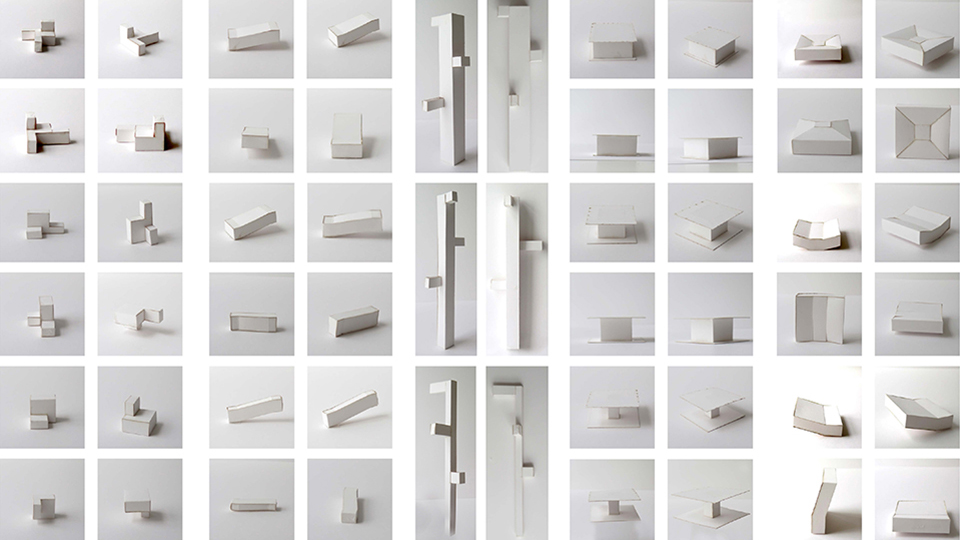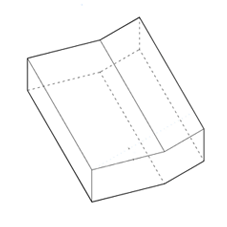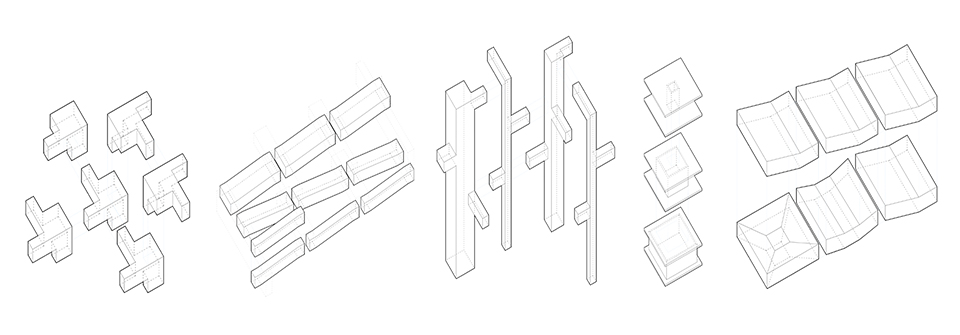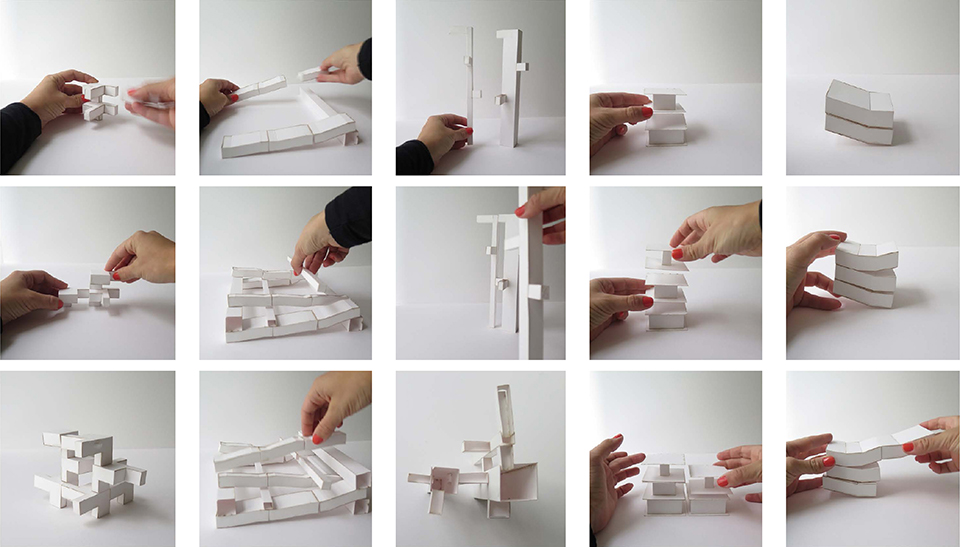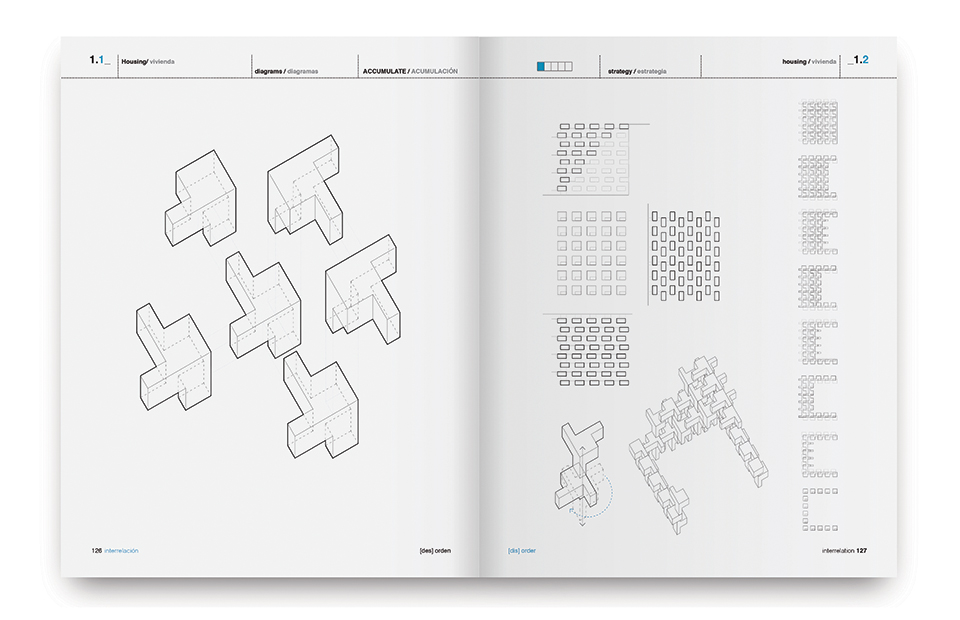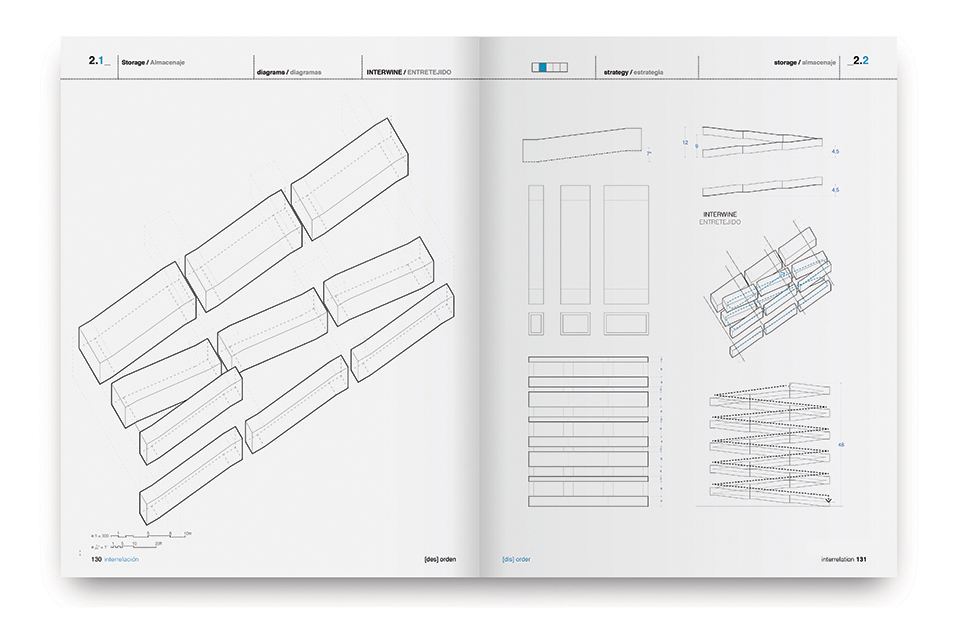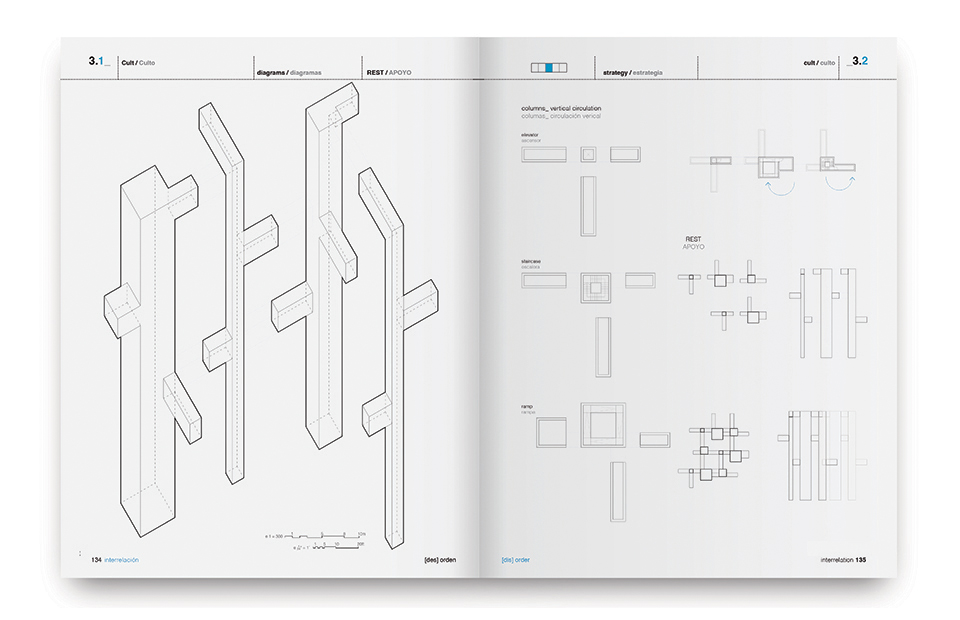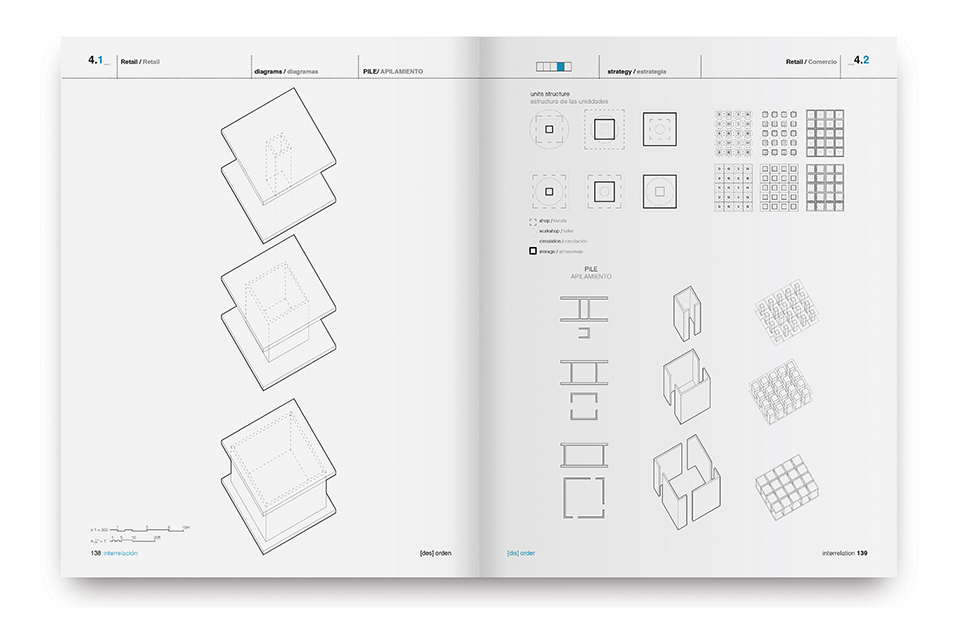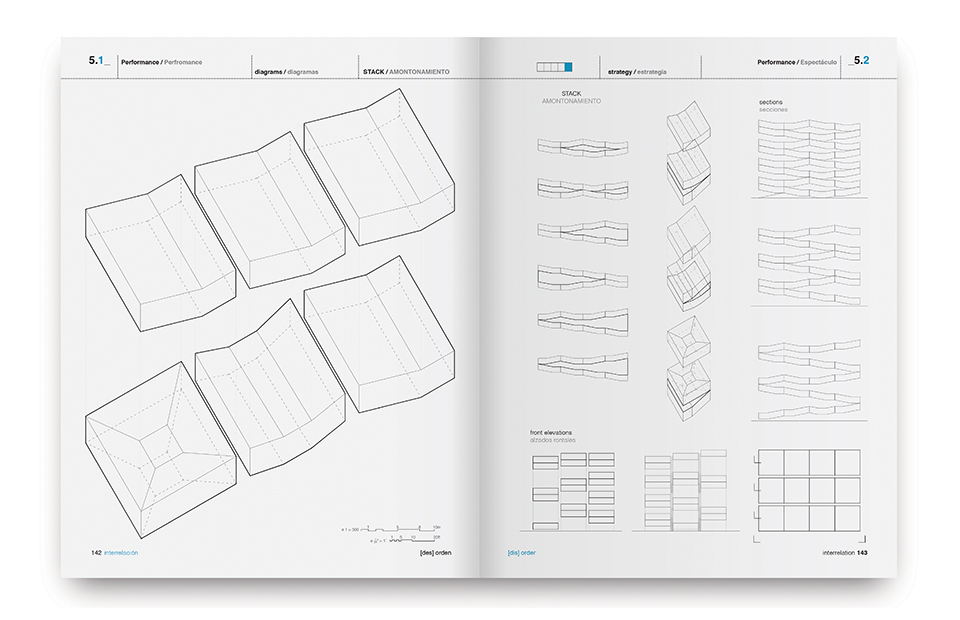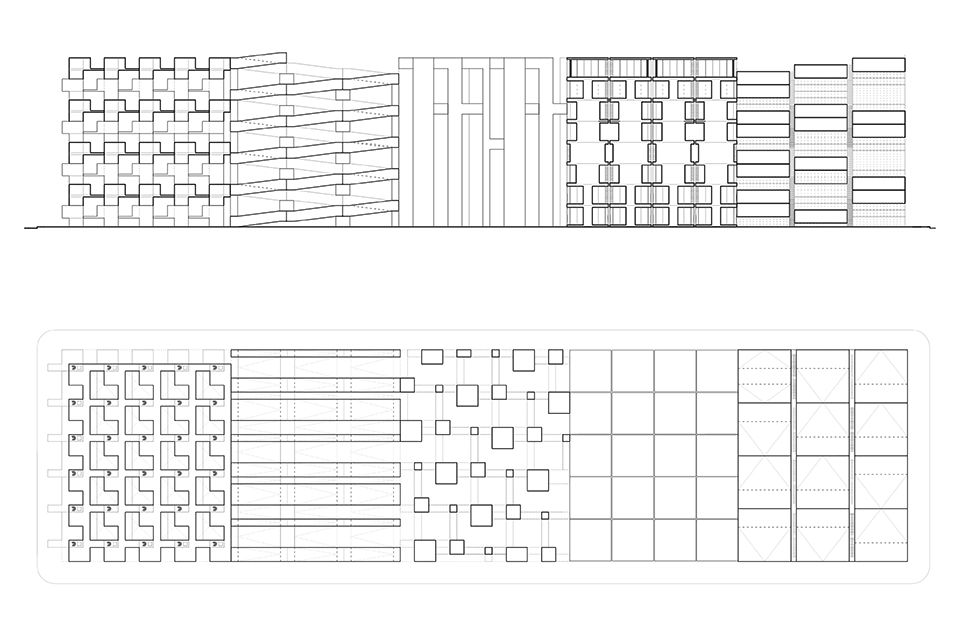W06 (DIS)ORDER
|
Proyecto
Académico /
Academic Work MSAAD/Columbia University LOT-EK Studio Situación / Location: Nueva York / New York Programa / Program: Cultural Público / Public Fecha / Date: 05.2014 Arquitecta / Architect: Begoña de Abajo Castrillo Catálogo de piezas / Pieces catalog
Sistemas relacionales / Relational systems
Reglas del juego / Play rules
Variaciones / Variations
Instrucciones unidad vivienda / Housing unit instructions
Instrucciones unidad almacenaje / Storage unit instructions
Instrucciones unidad culto / Cult unit instructions
Instrucciones unidad comercio / Reatil unit instructions
Instrucciones unidad espectáculo / Performance unit instructions
Conjuntos / Wholes
Planta y sección de los conjuntos / Plan and section of the wholes
|
|

